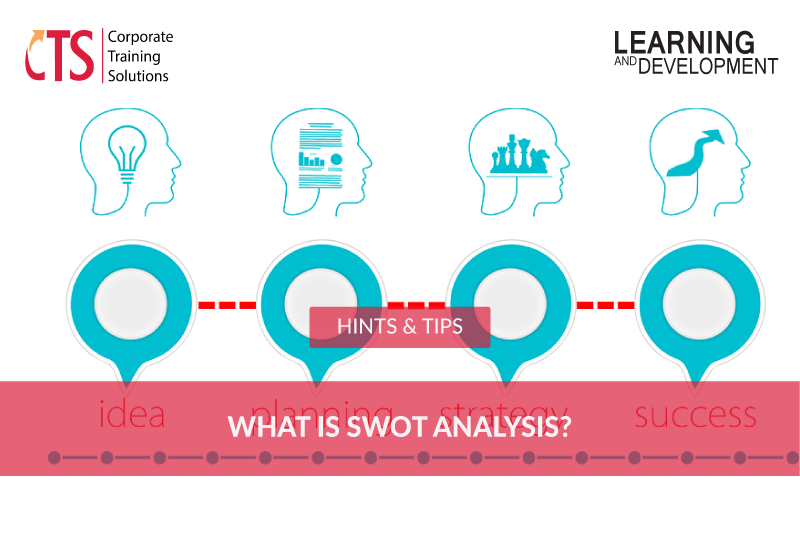A business strategy and decision making process are largely influenced by marketers. Understanding the environment that a business will operate in is one of the first steps should be inducted in their research.
SWOT analysis is a strategic planning technique that was first introduced in the 1960s, with many experts crediting its origin to Albert Humphrey at the Stanford Research Institute.
The word itself is an acronym that stands for Strengths, Weaknesses, Opportunities and Threats, and is a planning tool used by organizations all over the world to provide better insight of their position on the current market as well as its potential growth.
SWOT analysis, in its simplest form, consists of 4 main categories and reflects how they impact upon a business.
In theory, strengths and weaknesses are considered to be internal matters- reputation, location and staff qualifications, for example; while opportunities and threats are components that are external to the team and cover influences like competitors, suppliers and prices.
Due to the shifting nature of most markets, it is an essential practice for companies to use a SWOT analysis at least once every year, as this helps them to spot how and where their focuses need to be fixated on in order to remain competitive.
The technique, however, isn’t limited to existing businesses but also is considered by new enterprises as part of all their initial planning routine.
When it comes to examine the analysis itself, the most common approach is to engage a group of stakeholders, all of whom have distinctive perspectives on the running of operations. By this, an organization is able to gain a well-rounded view of the whole landscape it is conducting in.
During the process, those participants tend to fill out a basic “four-square” template that clearly details each of the SWOT elements. These will be compared across the group and reviewed before a finalized document is created that highlights the points raised in each section.
With this solid background, a company can start to create short or long term strategies to not only avoid any obstacles that might happen, but also control on any areas that may escalate.
——————————————————————————————————————
To find out more and master this technique to apply in your strategy, book onto our management training course here.


